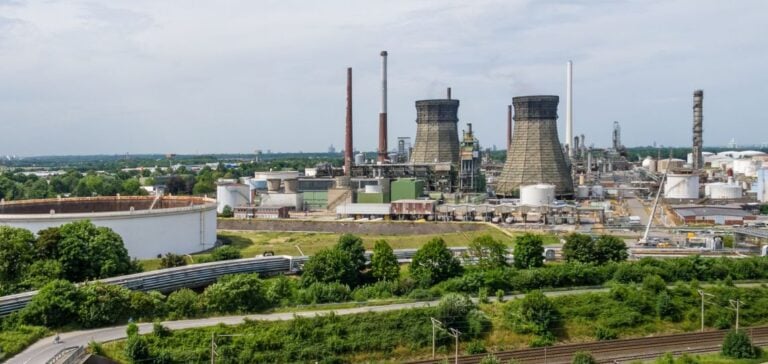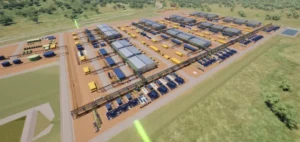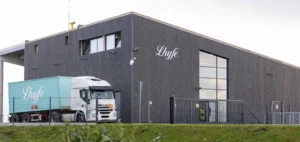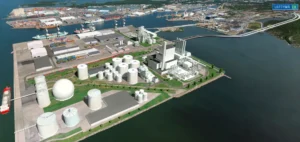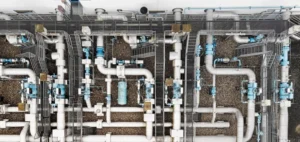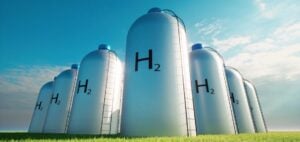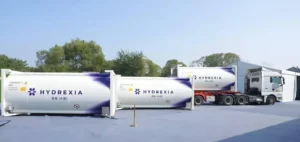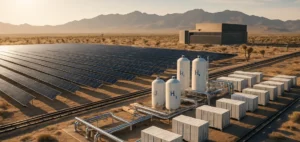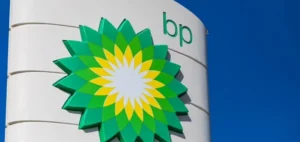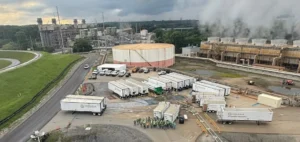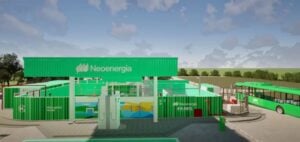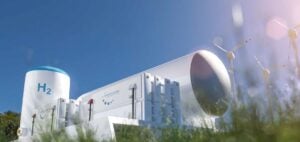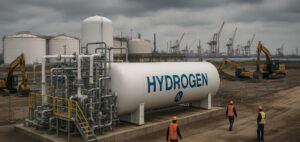Industrie De Nora, a leading manufacturer of electrolyzers, has launched the construction of the largest electrolyzer production plant in Italy to meet the growing demand for green hydrogen, supported by the EU.
Introduction and background
Industrie De Nora (DNR.MI) recently began construction ofItaly’ s largestelectrolyser plant at Cernusco sul Naviglio. This initiative is designed to meet the growing demand for green hydrogen, an energy that is crucial to the European Union’s climate objectives. Green hydrogen, produced by electrolysis of water, is essential for replacing fossil fuels in energy-intensive industries and for storing surplus renewable energy. The EU plans to produce and import 20 million tonnes of green hydrogen by 2030 to reduce carbon dioxide emissions. This energy transition is essential to achieving the EU’s climate objectives and reducing dependence on fossil fuels.
Capabilities and prospects
Paolo Dellacha, CEO of Industrie De Nora, announced at the inauguration event that the plant already had orders for electrolyzers capable of producing 2 gigawatts (GW) of hydrogen. This is equivalent to the annual production capacity of the new plant, which will cost around €100 million to build. The plant will benefit from public subsidies of up to 63 million euros, given its strategic importance at national and European level. Commissioning is scheduled for late 2025 or early 2026. Experts estimate that Europe could need more than 100 GW of electrolysis capacity by 2030. These forecasts offer significant growth potential for De Nora, strengthening its position in the green hydrogen market.
Partnerships and networks
De Nora’s customers include the joint venture between Saudi Arabian Acwa Power and Air Products for the NEOM Green Hydrogen project. This strategic partnership is crucial to the development of sustainable and innovative solutions in the hydrogen sector. And in May, Italy, Germany and Austria signed an agreement to develop a hydrogen transport network linking the southern Mediterranean to northern Europe. The project, dubbed the SoutH2 pipeline, involves companies such as Italian gas network operator Snam (SRG.MI) and requires an investment of over 4 billion euros, with a start-up scheduled for the next decade.
Impact and Future Development
The construction of this electrolyser plant marks a significant milestone in the development of green hydrogen in Europe. It not only meets future energy needs, but also contributes to the EU’s decarbonization strategy. The increased production capacity will enable us to meet demand for electrolysers, a key element in the storage and distribution of renewable energy. This initiative reflects Industrie De Nora’s commitment to innovation and support for the energy transition. International collaboration and investment in hydrogen infrastructure are essential to ensure a sustainable future and reduce greenhouse gas emissions.
The current momentum in the green hydrogen sector is opening up prospects for growth and innovation for the companies involved. The EU’s financial and regulatory support plays a crucial role in this transition, facilitating the investments needed to meet climate objectives.

